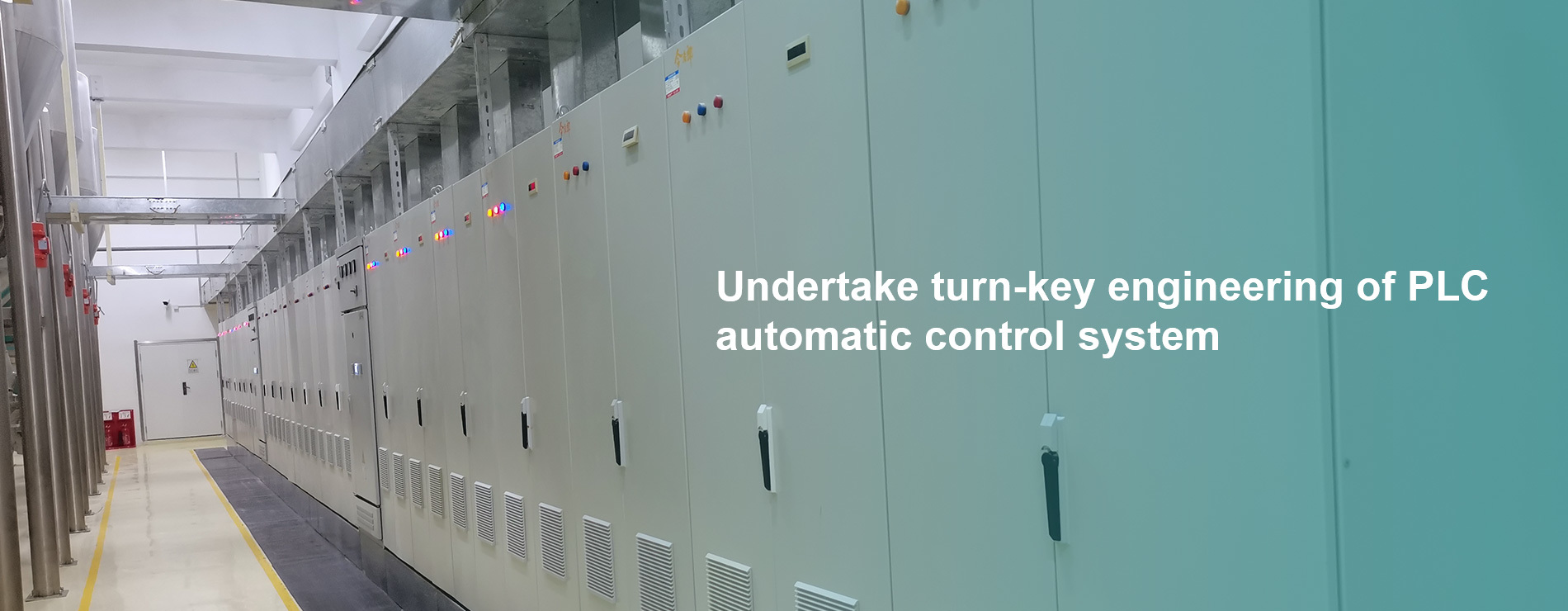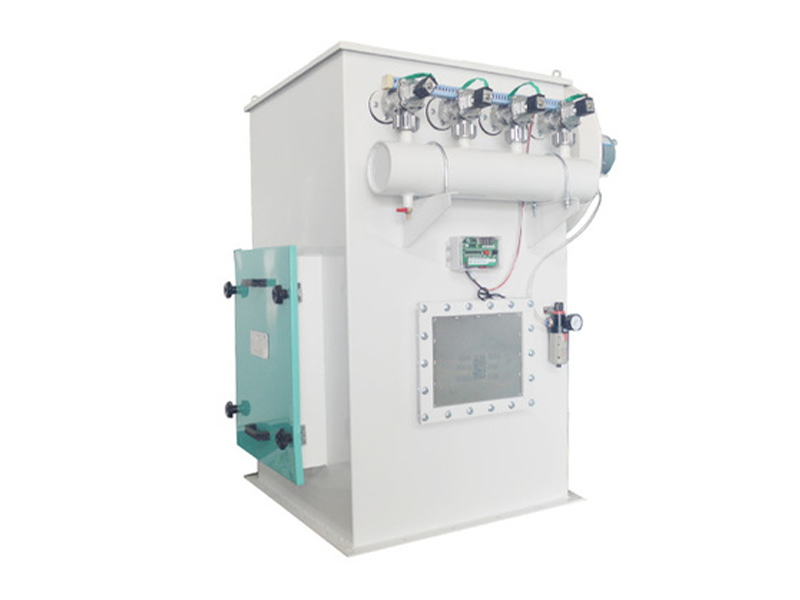Recent Posts
Understanding Filler Feeding Systems: Enhancing Agricultural Efficiency
Release time:
Mar 28,2025
Filler feeding systems play a vital role in the agricultural sector, particularly in managing the nutritional needs of livestock. These systems are designed to automate the process of delivering feed materials to animals, ensuring that they receive the right quantity and quality of nutrition for optimal growth and production. By streamlining the feeding process, filler feeding systems help farmers
Filler feeding systems play a vital role in the agricultural sector, particularly in managing the nutritional needs of livestock. These systems are designed to automate the process of delivering feed materials to animals, ensuring that they receive the right quantity and quality of nutrition for optimal growth and production. By streamlining the feeding process, filler feeding systems help farmers reduce labor costs, minimize feed waste, and enhance animal health and productivity.
One of the primary advantages of filler feeding systems is their ability to provide precise control over feed distribution. Unlike manual feeding methods, which can be inconsistent and labor-intensive, these systems utilize automated mechanisms to dispense feed uniformly. This precision not only ensures that each animal receives the appropriate portion but also contributes to better feed efficiency, ultimately improving the overall performance of the livestock.
Moreover, filler feeding systems can be integrated with advanced technology, such as sensors and monitoring software. These technologies allow farmers to track feed consumption patterns, monitor animal health, and adjust feeding regimens accordingly. The data collected can inform decisions related to diet formulation, helping farmers optimize nutritional content based on the specific needs of their livestock. This capability is particularly important in large-scale operations where managing feed for a diverse range of animals can be challenging.
In addition to improving feed management, filler feeding systems also enhance biosecurity in agricultural operations. By minimizing human contact with the feed, these systems help reduce the risk of contamination and the spread of diseases among livestock. This is especially crucial in today’s agriculture, where biosecurity measures are paramount in maintaining the health of herds and flocks.
Furthermore, filler feeding systems contribute to sustainability in agriculture. By optimizing feed usage, these systems help reduce the environmental impact associated with feed production and waste. More efficient feeding translates to less feed needed for the same level of production, which in turn can lead to a reduction in resource consumption and emissions.
In conclusion, filler feeding systems represent a significant advancement in agricultural practices, providing numerous benefits that enhance operational efficiency, animal welfare, and sustainability. By investing in such systems, farmers can not only improve the productivity of their livestock but also contribute to a more sustainable and responsible agricultural future. Whether you are managing a small farm or a large-scale operation, understanding and implementing filler feeding systems can be a game-changer in your approach to agriculture.
One of the primary advantages of filler feeding systems is their ability to provide precise control over feed distribution. Unlike manual feeding methods, which can be inconsistent and labor-intensive, these systems utilize automated mechanisms to dispense feed uniformly. This precision not only ensures that each animal receives the appropriate portion but also contributes to better feed efficiency, ultimately improving the overall performance of the livestock.
Moreover, filler feeding systems can be integrated with advanced technology, such as sensors and monitoring software. These technologies allow farmers to track feed consumption patterns, monitor animal health, and adjust feeding regimens accordingly. The data collected can inform decisions related to diet formulation, helping farmers optimize nutritional content based on the specific needs of their livestock. This capability is particularly important in large-scale operations where managing feed for a diverse range of animals can be challenging.
In addition to improving feed management, filler feeding systems also enhance biosecurity in agricultural operations. By minimizing human contact with the feed, these systems help reduce the risk of contamination and the spread of diseases among livestock. This is especially crucial in today’s agriculture, where biosecurity measures are paramount in maintaining the health of herds and flocks.
Furthermore, filler feeding systems contribute to sustainability in agriculture. By optimizing feed usage, these systems help reduce the environmental impact associated with feed production and waste. More efficient feeding translates to less feed needed for the same level of production, which in turn can lead to a reduction in resource consumption and emissions.
In conclusion, filler feeding systems represent a significant advancement in agricultural practices, providing numerous benefits that enhance operational efficiency, animal welfare, and sustainability. By investing in such systems, farmers can not only improve the productivity of their livestock but also contribute to a more sustainable and responsible agricultural future. Whether you are managing a small farm or a large-scale operation, understanding and implementing filler feeding systems can be a game-changer in your approach to agriculture.
keywords

HOW CAN WE HELP ?
Get In Touch With Us!
Contact Information
Fax: +86-371-23227333
E-mail: global@aomgmach.com
Production base: Zongdian Industrial Zone, Qi County, Kaifeng City
Business license




